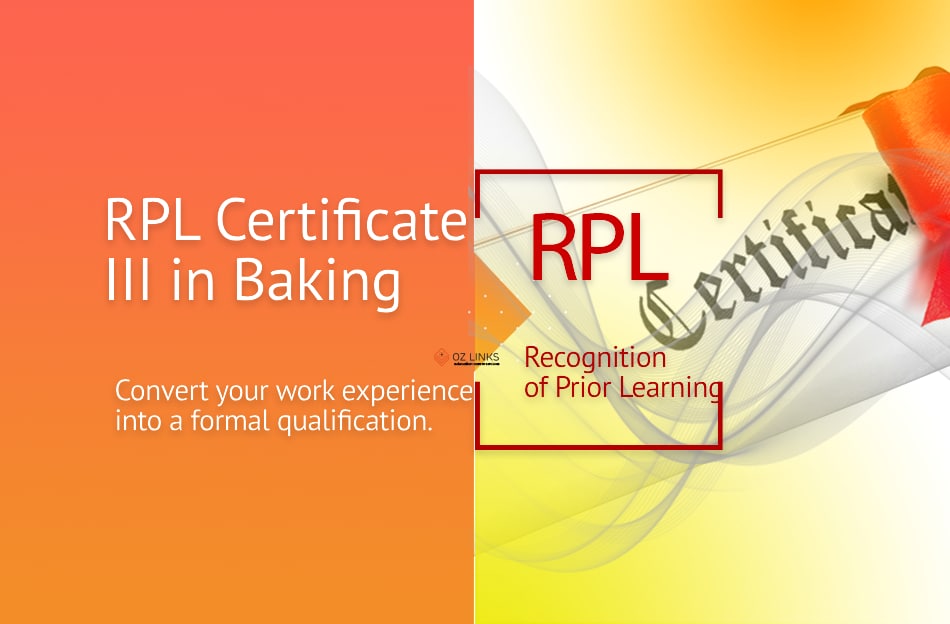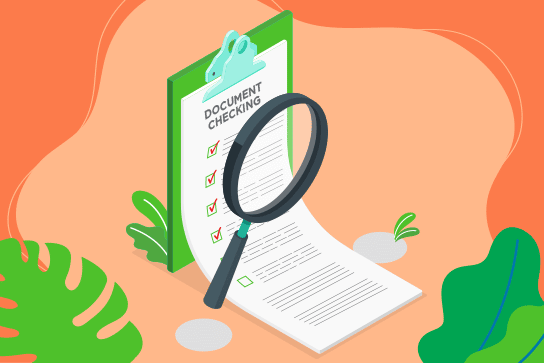Last Updated on May 14, 2025 by Ozlinks Education
If you have been working as a baker but have not yet attained your qualification for any reason, you’ve come to the right place. The RPL (Recognition of Prior Learning) program offers a pathway to convert your skills and work experience into a formal Certificate III in Baking, provided by one of our Registered Training Organisation (RTOs) partners.
Let’s get your skills certified!
Certificate III in Baking Overview
The FBP30521 Certificate III in Baking is tailored for individuals aiming to pursue a career as a baker who bakes bread, cake, pastry, and biscuit products while working in a commercial baking environment. This qualification provides learners with the essential skills and knowledge required to produce various baked goods, focusing on both traditional and contemporary methods. Students will gain hands-on experience and learn about food safety, equipment operation, and the creative aspects of baking, setting them up for success in the industry.
To achieve this qualification, learners must demonstrate competency in a total of 19 units of competency that need to be completed:
- 15 core units
- 4 elective units
Job title: Baker
Why do I need the Certificate III in Baking?
International students and migrants seeking to apply for a general skilled migration visa in the occupation of bakers may need to obtain the Certificate III in Baking for their migration skills assessment. This qualification serves not only migration purposes but also enhances their skills and knowledge within the baking industry, ensuring they meet the standards set by the assessing authorities. By acquiring this certification, they can more effectively navigate the job market and improve their chances of securing employment in Australia.
Ozlinks Education can help you convert your skills and work experience into a formal Certificate III in Baking through the Recognition of Prior Learning (RPL) programme offered by one of our registered training organisation partners. Our expert team will assess your individual circumstances and provide customised support to ensure you obtain the qualifications necessary to advance your career.

What does a baker do?
A baker prepares and bakes bread loaves, rolls, biscuits and other baked goods.
Their job involves:
- Weights and measures ingredients according to recipes
- Mixes ingredients to form dough or batter using electric mixers or by hand
- Operates machines which roll, knead, shape and mould dough, slice bread and cut biscuits
- Coordinates the forming, loading, baking, unloading, depanning and cooling of batches of bread, rolls and other products
- Decorates and garnishes baked goods as required
- Orders and maintains inventory of baking supplies and ingredients
- Maintains the cleanliness of equipment and operation of a bakery before production runs to ensure compliance with work health and safety regulations
- May take orders from customers and handle payments
What is Recognition of Prior Learning?
The Australian Qualification Framework (AQF), governed by the Australian Government’s Department of Education in consultation with the states and territories, ensures that all students have the right to have their prior education, relevant work experience, and training acknowledged, facilitating their advancement towards and between qualifications. Each registered training organisation (RTO) has its policies and procedures for determining your Recognition of Prior Learning (RPL) eligibility, but the core principles remain consistent. The experience and skills you have gained through your work can assist you in completing a qualification more quickly and reducing the time commitment involved in taking a course to bring you closer to your dream job.
The advantages of using RPL program
Recognition of Prior Learning (RPL) program offer numerous benefits, including time and cost savings by validating existing skills and experience, expedited qualification achievement, and improved employment prospects. RPL program helps you:
- There is no need to relearn what you already know.
- It saves both your time and tuition fees.
- Assist you in achieving your career change objectives in Australia.
- Gaining an Australian qualification requires less time.
- You do not need to attend classes or redo the training you have already completed.
- Open new career opportunities in the building industry.
- Obtain a qualification to satisfy the visa or skills assessment requirements.
Evidence requirements
Below is the general list of documents that you are required to provide to support your RPL assessment application:
- 100 points of identification documents (ID)
- A current resume outlines your relevant employment history
- Student USI number
- Employment evidence, including an employment reference letter, employment contract, payslips, income statement, and superannuation.
- Workplace photos and videos that showcase you performing your tasks in accordance with the job duties outlined above demonstrate your competency in the relevant qualification.
Note: Additional gap training may be necessary to address any areas for improvement and to ensure a positive assessment outcome. An RTO assessor might conduct a competency interview with you to identify any existing training gaps.



